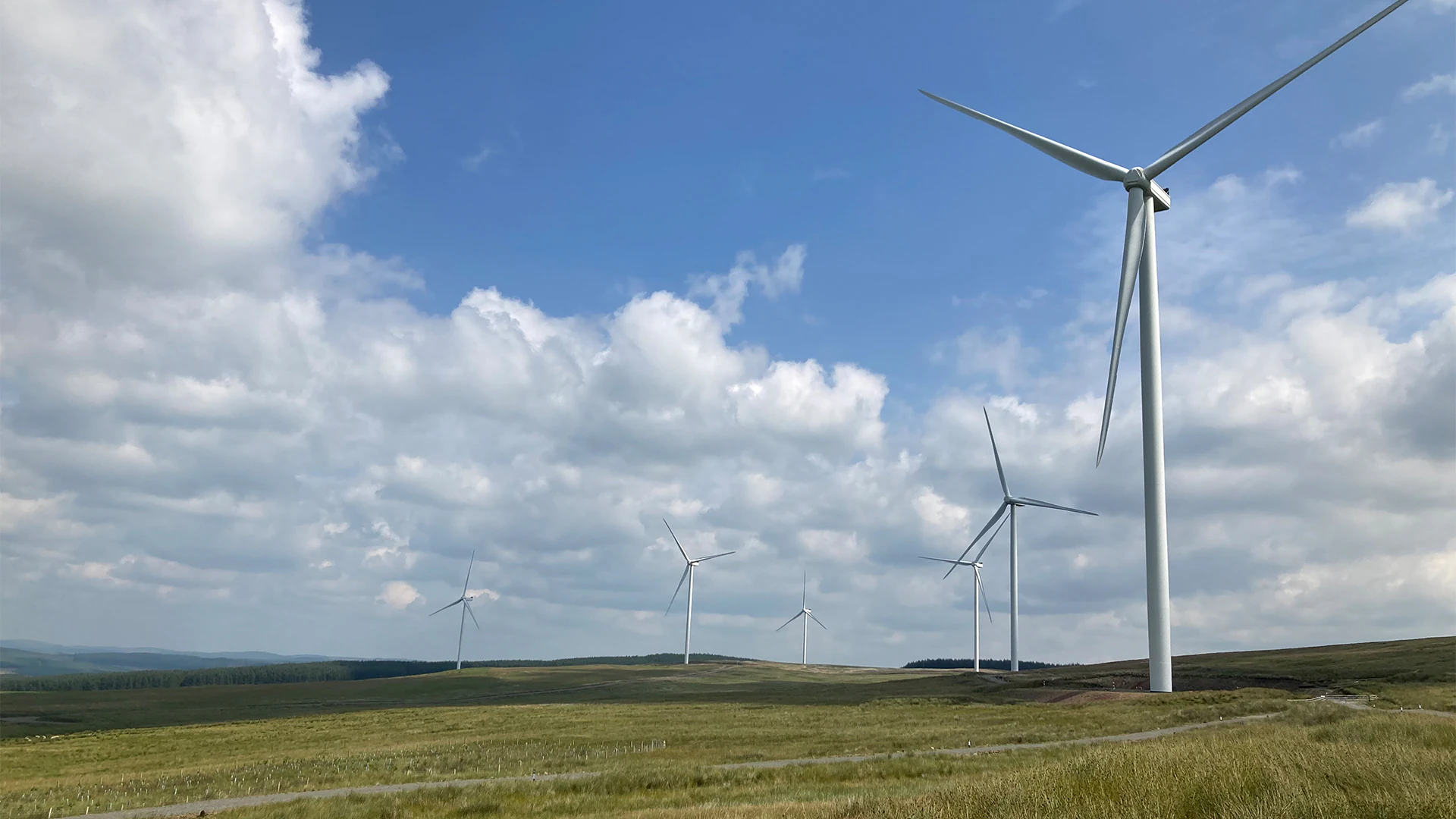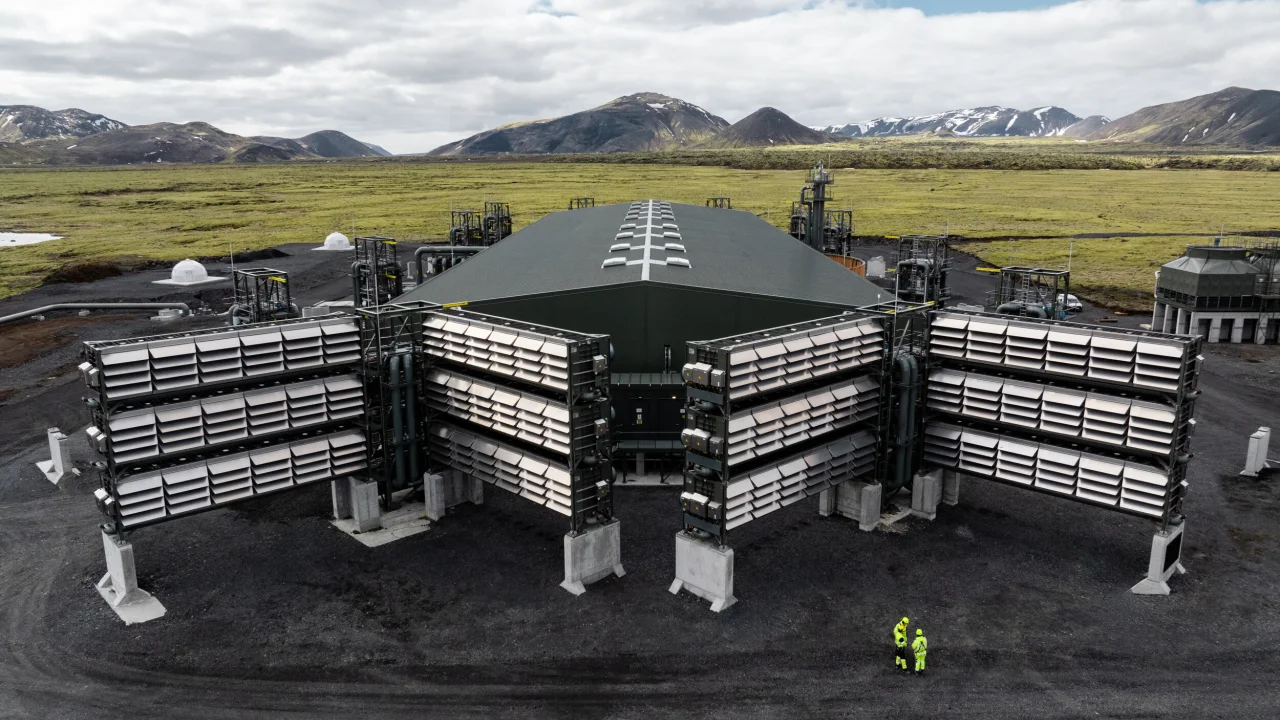Onshoring the EV supply chain to Europe would cut the emissions of producing a battery by 37 per cent compared to a China-controlled supply chain, according to new analysis by Transport & Environment (T&E).
This carbon saving rises to over 60 per cent when renewable electricity is used. Producing Europe’s demand for battery cells and components locally would save an estimated 133Mt of CO2 between 2024 and 2030, equivalent to the total annual emissions of Czechia.
But less than half (47 per cent) of the lithium-ion battery production planned for Europe up to 2030 is secure, the report also finds. This is up from one-third a year ago following a raft of measures put in place to respond to the US Inflation Reduction Act. The remaining 53 per cent of announced cell manufacturing capacity is still at medium or high risk of being delayed, scaled down or cancelled without stronger government action.
Julia Poliscanova, senior director for vehicles and emobility supply chains at T&E, said: “Batteries, and metals that go into them, are the new oil. European leaders will need laser sharp focus and joined-up thinking to reap their climate and industrial benefits.”
Securing other parts of the battery value chain will be even more challenging given China’s dominance. The report finds Europe has the potential to manufacture 56 per cent of its demand for cathodes – the battery’s most valuable components – by 2030, but only two plants have started commercial operations so far. By the end of this decade, the region could also fulfil all of its processed lithium needs and secure between 8 per cent and 27 per cent of battery minerals from recycling in Europe.
Julia Poliscanova added: “The battery race between China, Europe and the US is intensifying. While some battery investments that were at risk of being lured away by US subsidies have been saved since last year, close to half of planned production is still up for grabs.”
© 2019 Perspective Publishing Privacy & Cookies









Recent Stories